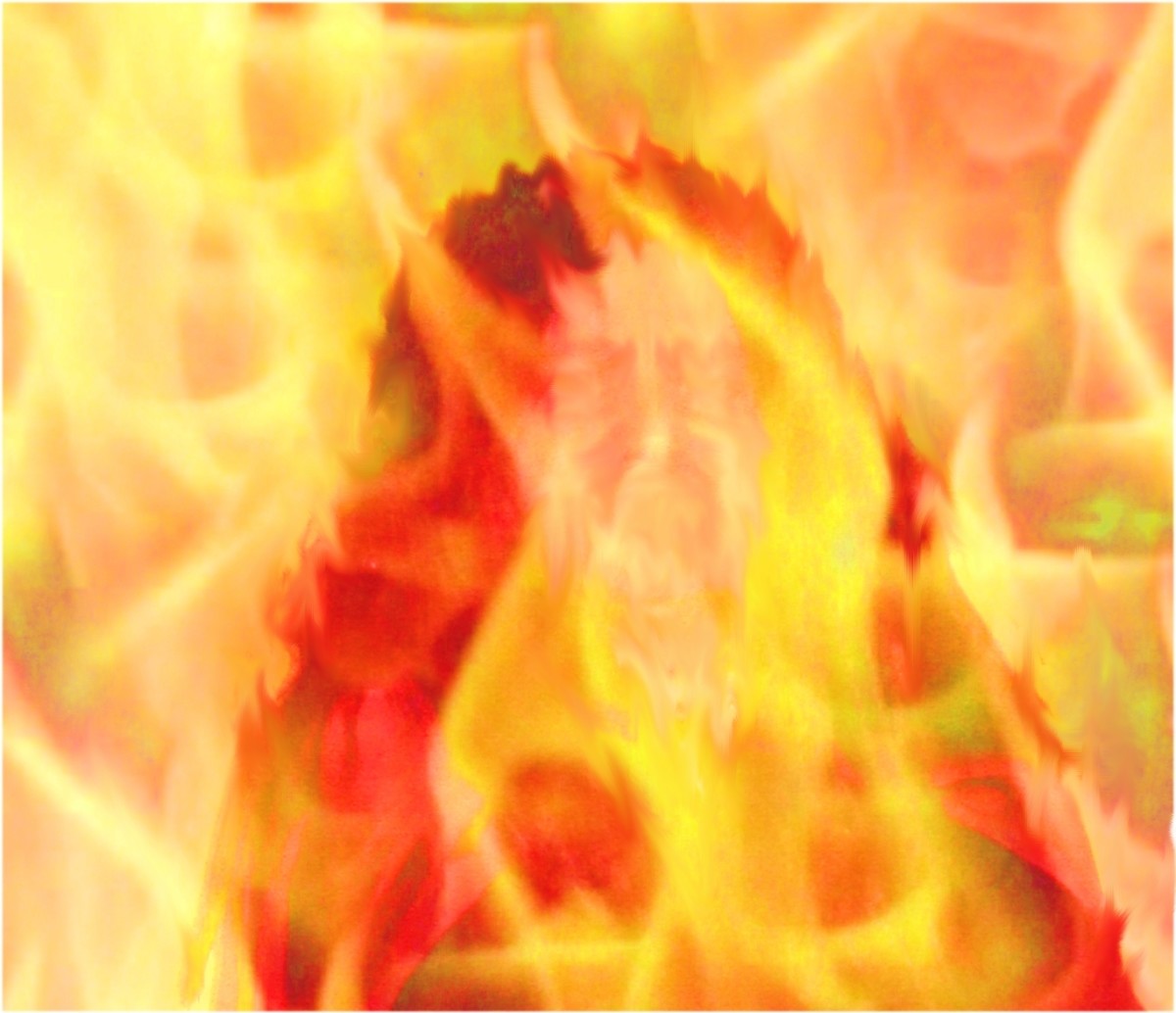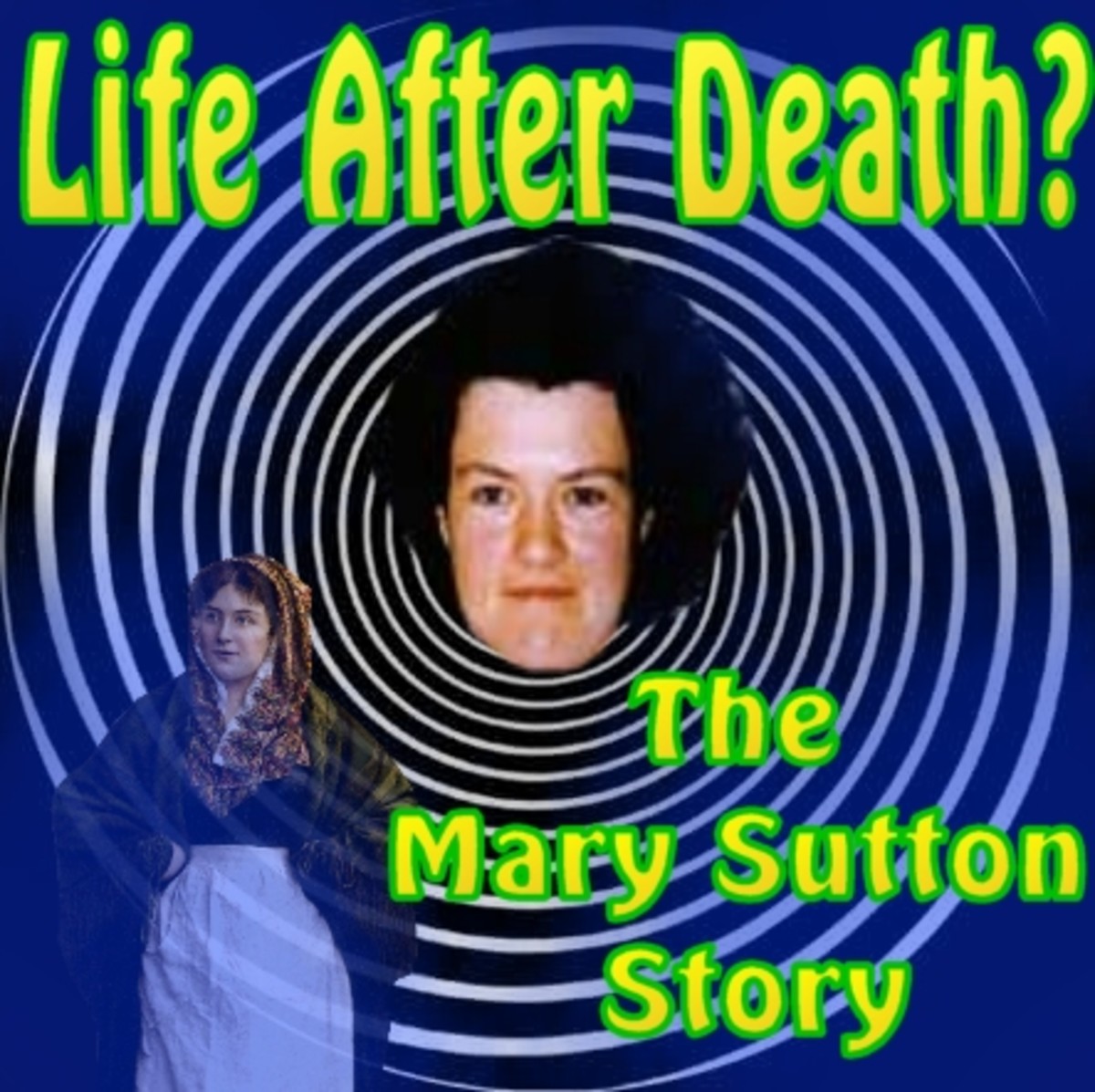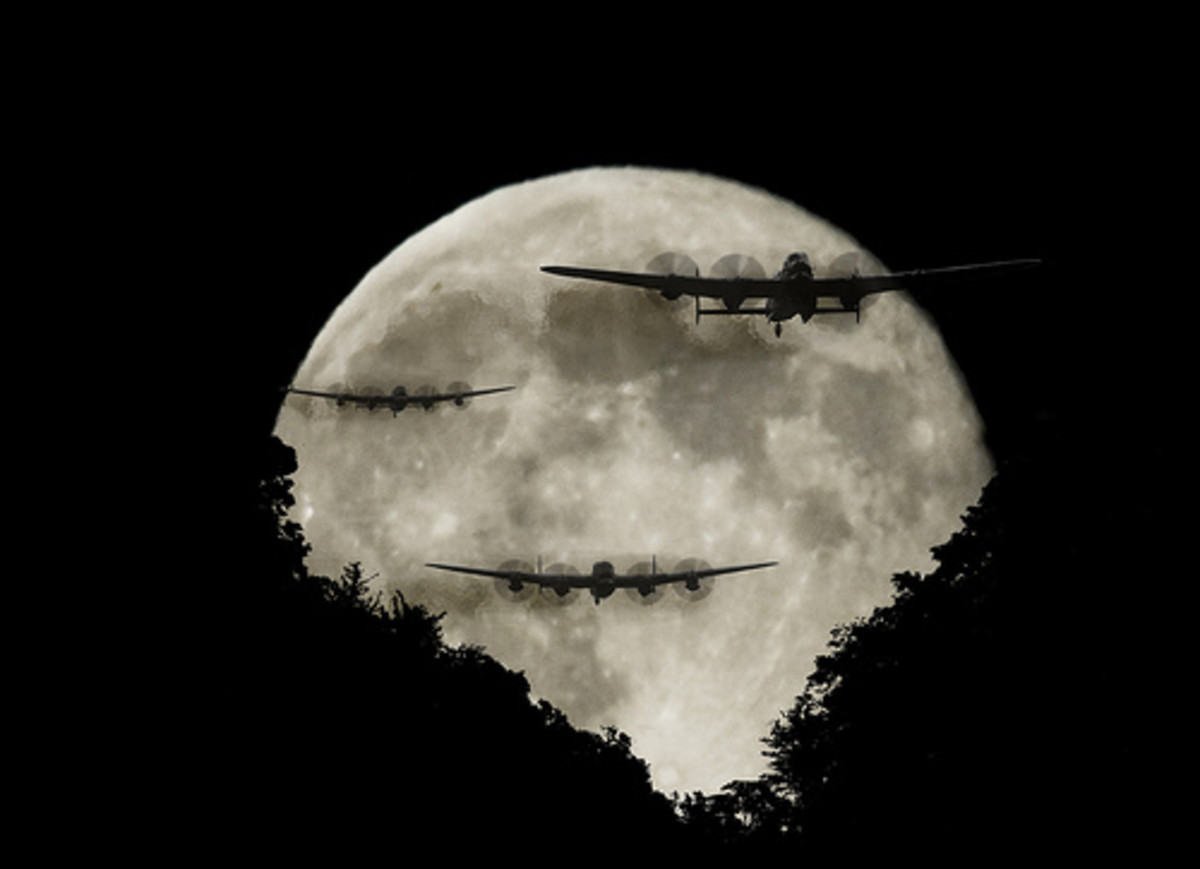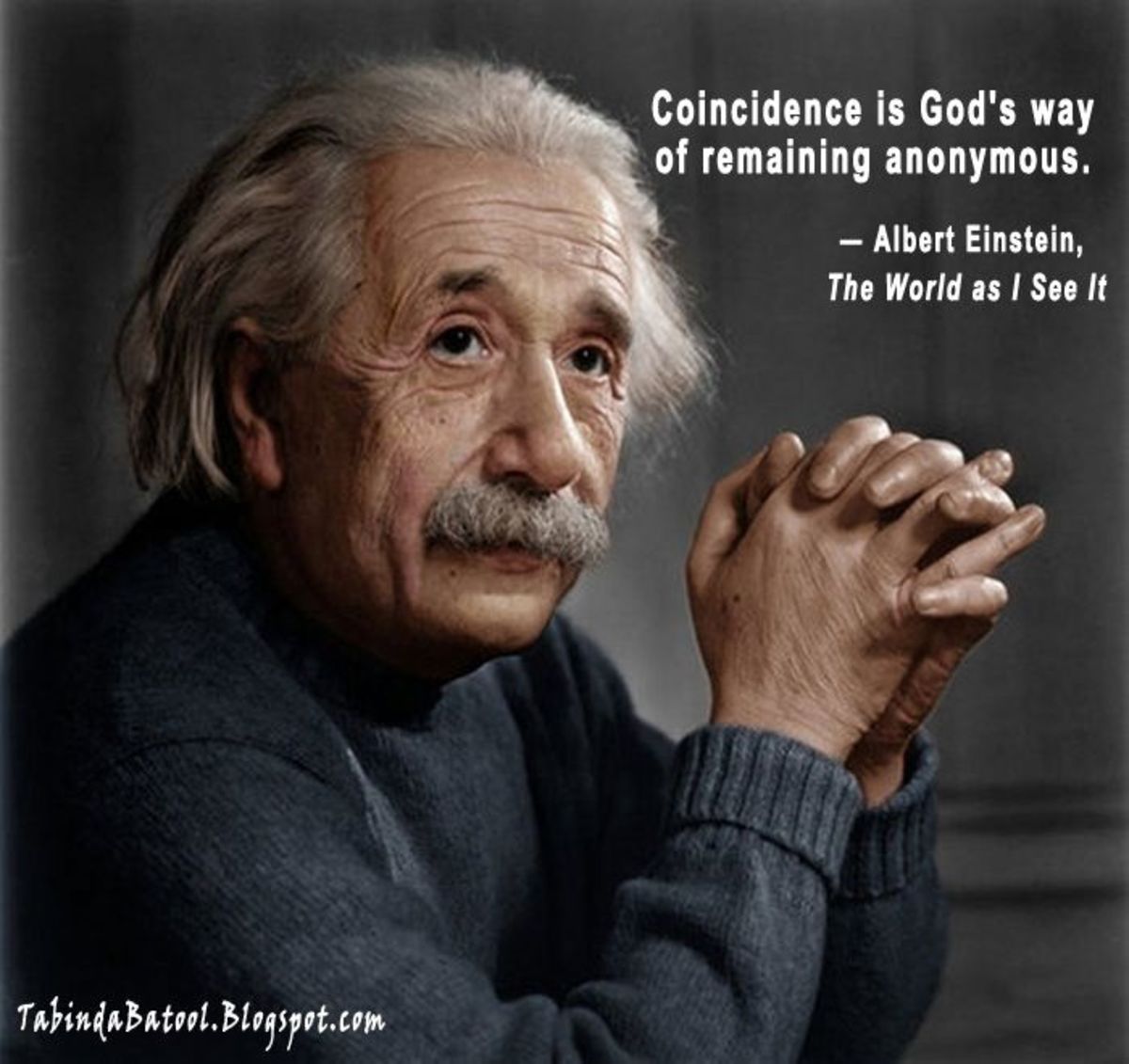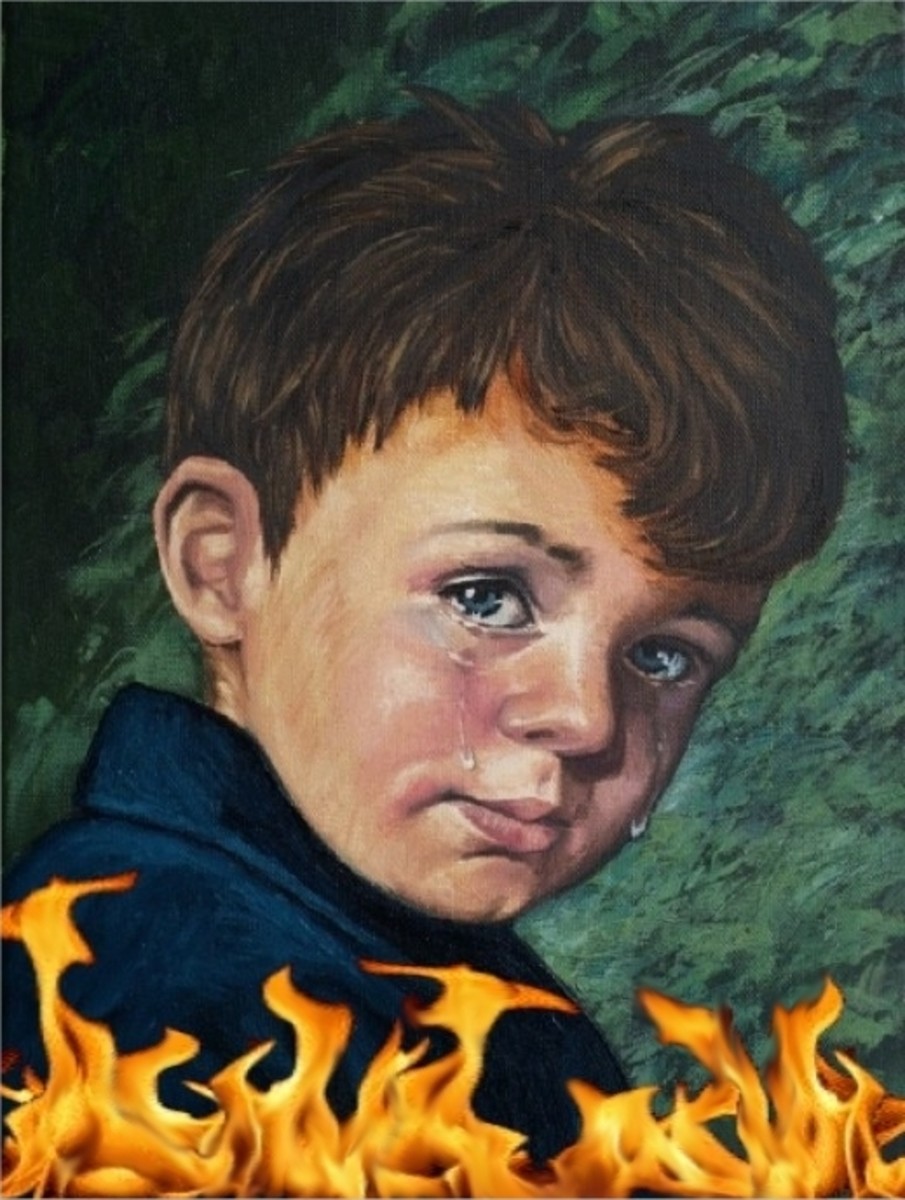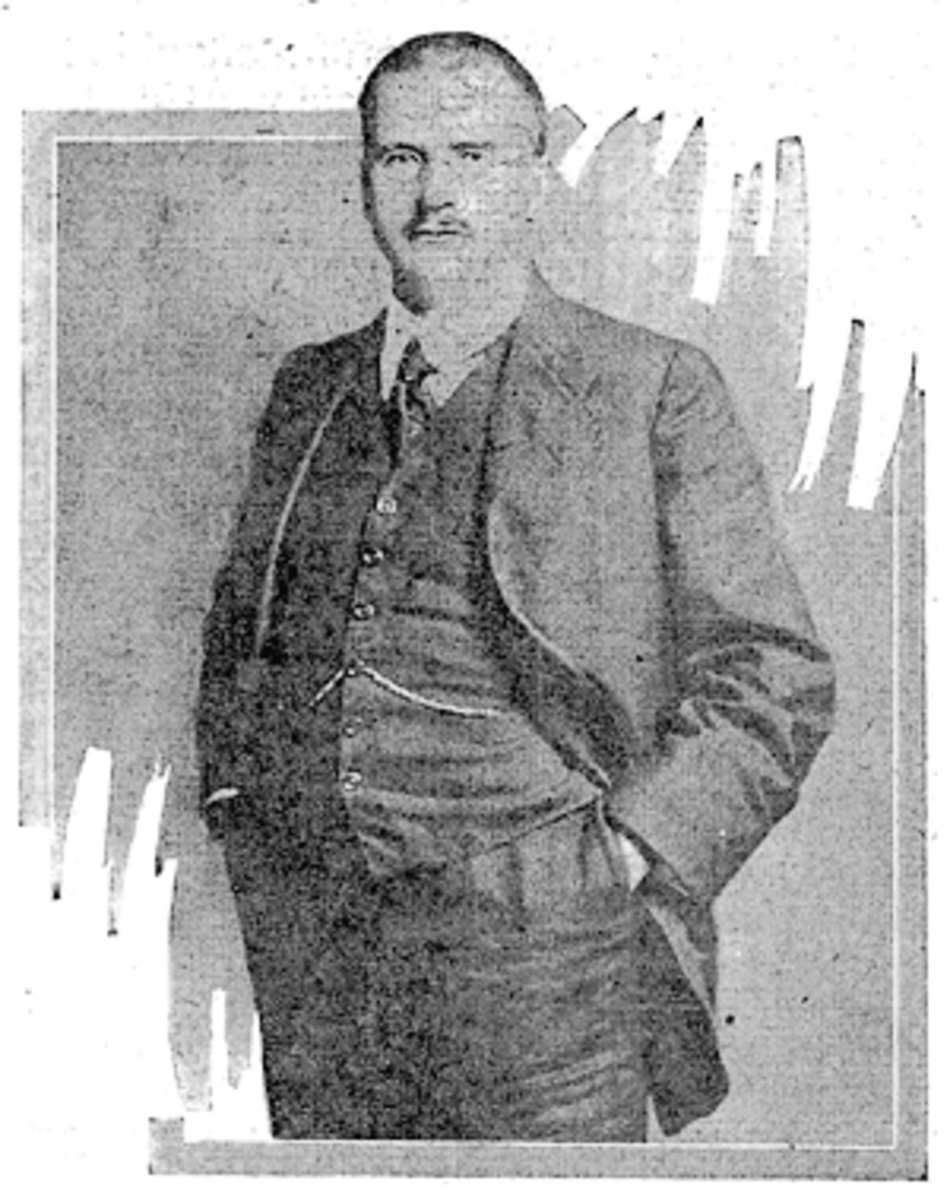Foo-Fighters: Mystery Files
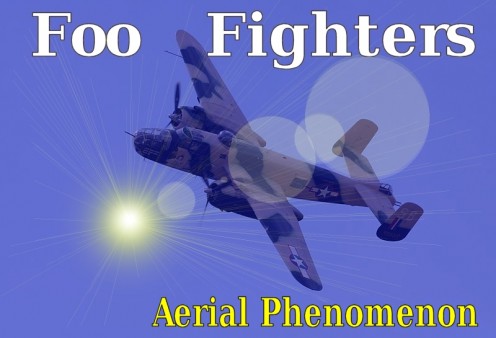
An encounter with a Foo Fighter
The year is 1944. The second World War is in full swing, and allied bomber aircraft are flying on a night raid over Germany. The dark all-enveloping night outside the cockpit is suddenly pierced by a shining light, a fiery ball which sweeps across in front of the aircraft and seems to settle in formation on it's starboard wing.
The startled pilot tries to take avoiding action by throwing his plane about the skies in a series of aerobatic twists and turns, but the glowing ball sticks to the aircraft like glue, sometimes switching sides, or flashing in front of the plane, but matching it's manoeuvers turn for turn, it appears to be toying with them.
The aircraft gunners manage to get a bead on the object and empty their ammo magazines at it. The bullets have no effect on the fiery globe - it seems to shrug off all assaults - but seemingly sensing that it is no longer welcome, it disappears as quickly as it arrived - and it is gone. The pilot and crew heave a sigh of relief - they have just survived an encounter with a Foo Fighter.
So what was a "Foo fighter"?
"Foo Fighter" was the term used by Second World War Allied pilots to describe encounters with unusual unidentified flying objects (UFO's). The sighting of these strange phenomena were not uncommon, and at the time they were commonly believed to be some sort of Nazi secret weapon.
It was not however a Nazi weapon and German (and Japanese), pilots were just as puzzled by the appearance of these strange object as the allied pilots were.
The reports of Foo Fighter encounters and the description of them and their behaviour was remarkably consistent. They were invariably described as spherical and glowing often described as a silvery or fiery ball, or "like Christmas tree lights". The colour usually described as white, red or an orange colour somewhere between the two.
The reports of the encounters were taken extremely seriously by the military authorities of the time, and case-presentations were made by authoritative scientists of the period such as David Griggs, Luis Alvarez and H.P. Robertson. The phenomenon has never been properly explained, and much government information regarding Foo Fighters remains secret.
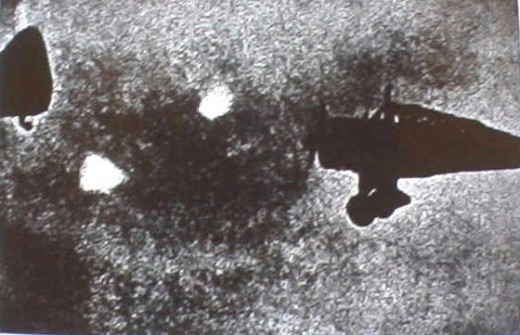
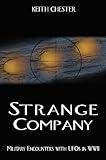
The January (1945) edition of Time magazine contained an article entitled "Foo Fighters". The article reported how "Balls of fire" had been following USAAF night-fighters for more than a month. In the article, the pilots explained how the objects closely shadowed their aircraft at high speeds.
Some "Foo Fighter" reports from the Pacific theatre of war were somewhat different in nature to the mainstream reports in as much as one was described as "resembling a large burning sphere which, although it followed some aircraft, mostly "just hung in the sky".
It was even reported that the gunner on a B-29 aircraft actually hit one with gunfire, and far from shrugging off the assault, it broke up into a number of large pieces which fell on buildings below, setting fire to them.
Why "Foo Fighter"?
The term "Foo" became part of popular culture in the 1930s because of a cartoon strip called "Stokey Stover" by cartoonist Bill Holman. The cartoon strip was about the adventures of a hapless fireman (Stokey), who's catch-phrase was "Where there's foo there's fire" ("Foo" is believed to derive from the French "Le Feu" meaning fire).
According to legend, the term "Foo Fighter" was coined in 1944 by pilots of the 415th Night Fighter Squadron, when Intelligence officer Fritz Ringwald was debriefing Don Meiers and Ed Schleuter. They reported that they had come into contact with a red fire ball, which subsequently chased them through a series of high-speed manoeuvers
Fritz stated that Don seemed particularly agitated by the experience, and pulled a copy of the "Stokey Stover" comic strip from his pocket, and slapped it onto the desk saying "... it was another one of those fu**in' foo fighters!"
This was regarded as more-or-less the official origin of the term until the airing of a Channel 4 documentary on 23rd of June 2011, in which reporter Nick Cook displayed a report he had discovered in the RAF archives. It was a report by an RAF pilot detailing his UFO encounter with a red ball of fire whilst on a bombing mission over Germany. The report was dated 1942 - some two years before they became public. It was also noted that the term "Foo Fighters" was already in use by radar operatives in 1944, which suggests that the term may actually predate the "official" legend.
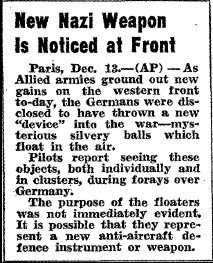
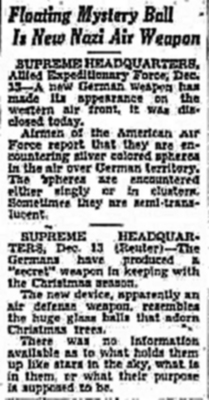
Some Foo Fighter sightings
Eighth Air Force Pilot Charles R. Bastien reported an encounter with "Foo Fighters" when flying over the Belgium/Holland area. In his description, he likened them to "two fog lights flying at high rates of speed that could change direction rapidly".
Following the flight, he was debriefed and his intelligence officer let slip that two RAF night fighters had also reported the same incident. The story was subsequently reported in British Newspapers.
Even earlier in September 1941 two sailors aboard the SS.Pulaski -(a Polish merchant ship which was transporting British Troops across the Indian Ocean) made a report about a "strange globe glowing with greenish light, about half the size of the full moon as it appears to us."
They called over a British Officer to witness what they were seeing, and the three of them observer the objects movements for over an hour.
U.S. Air Force pilot Duane Adams encountered "Foo Fighters" twice - Once shortly after the second World war,when he was piloting his B-25 bomber, and again in the early 1960s when Adams was piloting a KC-135 tanker, again at night and over the South Pacific.
Both incidents concerned a bright light which shadowed his plane for half-an-hour or so, before shooting off rapidly into the sky. Both incidents were witnessed by the entire aircrew.
Any Answers?
No definitive answer has been forthcoming to explain the phenomena of "Foo fighters", and many reports relating to them continue to languish secretly in government archives.
The postwar Robertson Panel discussed Foo Fighters, but the best explanation that they could come up with was that they could be due to some electrostatic phenomenon such as St.Elmo's fire, or reflections from light crystals.
In it's report, the panel noted that "If the term "flying saucers" had been popular in 1943-1945, these objects would have been so labeled."


More Mystery Files
- Gloria Ramirez - The Toxic Lady : Mystery Files
19th of February 1994 - A woman is brought into the emergency department with breathing difficulties. A bloodsample is taken which seems to release a strange overpowering odour - within minutes virtually everyone in the emergency room has been render - The Ghost of Flight 401: Mystery Files
The Flight Engineer turned to the Second Officer and said "You don't need to worry about the pre-flight, I've already done it". The Second Officer became alarmed - He realised that the Flight Engineer he was speaking to was dead! - He had crashed on - X-Ray Eyes : Mystery Files
We would all love to have X-Ray vision - Think of the things you could do! But is it really possible to look straight through people and things - do X-Ray eyes exist in reality? Read this report before you make up your mind. - Star jelly or Star slime - What is it?: Mystery files
Star Jelly - According to legend, it is brought to our world by shooting stars - meteors. It looks like jelly, or slime and it quickly disintegrates leaving little or no trace. What exactly is "star jelly"?

